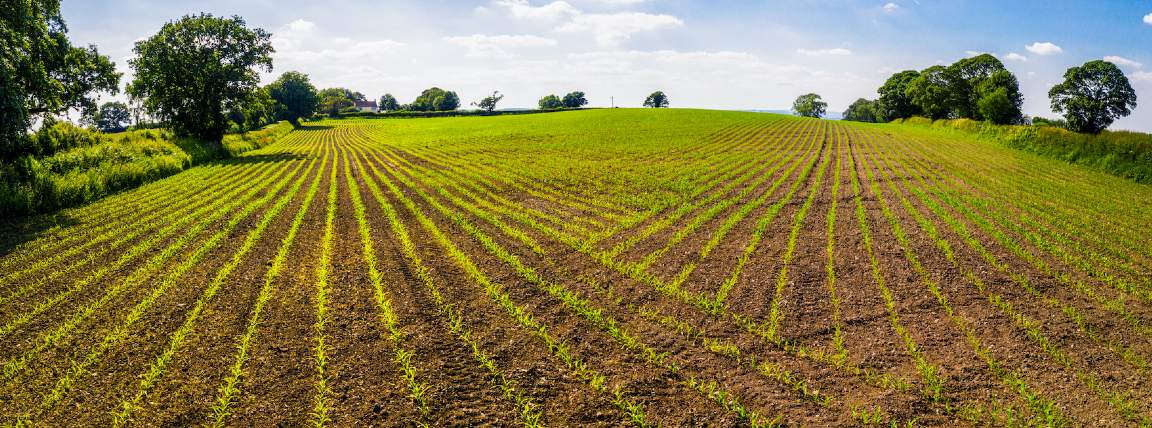The removal, albeit gradually, of the Basic Payment Scheme (BPS) has led to many farmers re-evaluating whether or not to enter a Countryside Stewardship Scheme (CSS) or to wait for further detail on the new Environmental and Land Management scheme (ELM).
The CSS, delivered by the Rural Payments Agency (RPA), will reopen for applications in the new year and rather than thinking in terms of either-or we suggest farmers take advantage of the next round of this scheme.
Under CSS, farmers are paid for options established on land which is entered into the agreement. For example, allocating one hectare of marginal land currently in arable production to winter bird food will provide an income of £640 per hectare per annum. In some cases, this will bring in a higher payment rate than producing a poor yielding arable crop. By identifying marginal areas and stewardship options that best suit these, farmers are able to take advantage of receiving a guaranteed income on those areas for the next five years.
Another reason farmers might consider a CSS agreement is as a result of the removal of the greening requirements of the BPS. In previous years, claimants needed to allocate five per cent of arable land to greening such as fallow land and buffer strips. Under previous CSS agreements, approximately five per cent of the agreement land would also need to provide options such as wild bird seed or a skylark plot. In some cases, this meant that 10 per cent of land was not being used for core agricultural activities.
To encourage CSS take up, the RPA has introduced some practical changes to schemes starting in 2021 such as a simplified inspection process, the removal of certain penalties for over declaration and also the ability to break the scheme without penalty to allow the farmer to enter ELM.
Landowners and farmers will be able to sign up to ELM from 2024 and by 2027 it will have been nationally rolled out, which should coincide with the reduction of the BPS. Although the finer detail of ELM remains relatively unknown, we do know that it is not a replacement for BPS or CSS and money will be paid on the basis of providing public goods.
ELM will be made up of what we were all calling tiers, now known as components:
- The Sustainable Farming Incentive – this will be broad and open to all and is seen as a stepping stone from current CSS agreements
- The Local Nature Recovery – this will provide a focus on local priorities and encourage farmers and land managers to work together to achieve a common objective such as flood management or broader educational access
- Landscape Recovery – this is the most complex tier and projects will require greater changes in land use such as woodland creation and peatland restoration
Until we have the detail for ELM it is difficult to establish by what degree it may compensate towards the loss in BPS income. By entering a CSS, income will be guaranteed for the agreement length, and agreement holders will be able to transfer to ELM without penalty.

.jpg)

.jpg)
.jpg)
.jpg)
.jpg)



